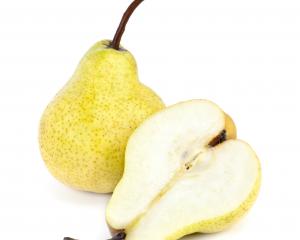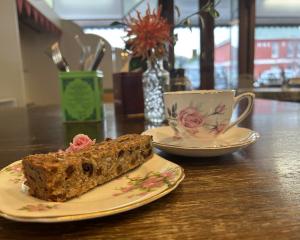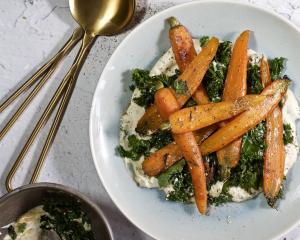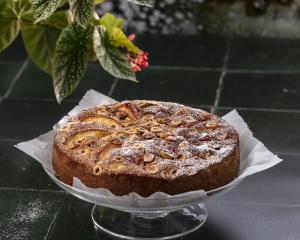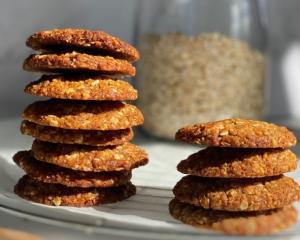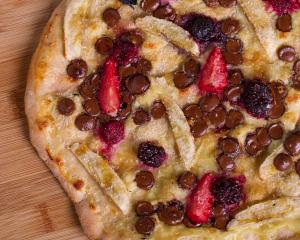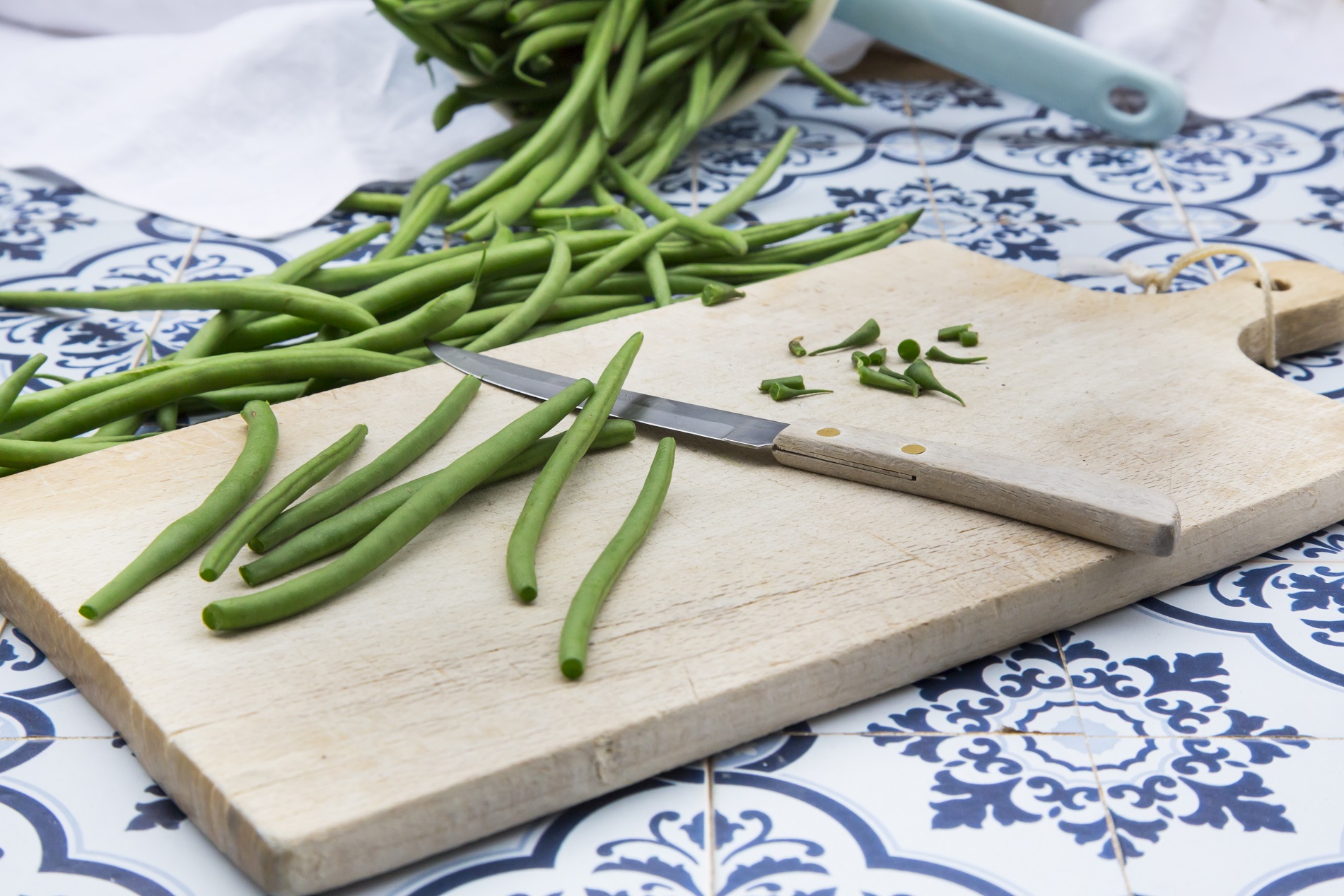
Autumn, and what always feels like the cook’s New Year. Time to put the oven on again. I started with a row of pastry cases, long and slim, flaky and golden, their filling bubbling over the edges. I gave them a stuffing of milky mozzarella, a spoon or two of softly marbled gorgonzola, then a little creme fraiche and ripe green figs.
Good as they were, an extra savoury note came in the form of very thin slices of coppa, but pancetta or Parma ham would work here, too, the fine sheets of cured meat tucked among the figs and cheese.
I made long thin tarts, enough for one per person — but smaller, round ones would also be good (the trimmings of which can be brushed with beaten egg, sprinkled with thyme and finely grated parmesan and baked like cheese straws). Another possibility might be to bake the entire sheet of pastry as one large tart, though you would then need to double up the quantity of filling.
Crisp tarts such as these need a plentiful accompaniment. I made a bowl of French beans with shredded spring cabbage and a mustard-lemon dressing, substantial enough to eat as a principal dish if you wished. I added toasted hazelnuts, too.
French beans and cabbage
One of the ready-rolled frozen pastry sheets works perfectly here. If you don’t have coppa, use thin slices of pancetta, torn into stamp-sized pieces. The tarts are at their best when eaten straight from the oven, while the cheese is still soft and melting. A few salad leaves would be good on the side.
Makes 4 tarts
320g puff pastry
4 figs
250g mozzarella
200g gorgonzola
4 heaped Tbsp creme fraiche
2 Tbsp thyme leaves
80g coppa
a little beaten egg
Method
Line a baking sheet with parchment. Preheat the oven to 220°C. Roll the pastry out to a rectangle roughly 36cm x 23cm. With the longest side towards you, cut down into 4 rectangles, measuring 9cm x 23cm. Place each one on the parchment-lined baking sheet. Using a sharp knife, score a second rectangle inside each one, leaving a 1.5cm rim around the edges, taking care not to cut through the pastry. Chill in the fridge for 20 minutes. (This prevents the pastry from shrinking in the oven.)
Cut each fig into 6 wedges. Tear the mozzarella and gorgonzola into small pieces and drop them into a bowl. Add the creme fraiche, the thyme leaves and a grinding or two of black pepper.
Bake the pastry in the preheated oven for 8 minutes until it is just starting to colour and crisp. Remove from the oven and, using the back of a teaspoon, push the inner rectangle of pastry down to form a hollow.
Spoon the filling into the hollows, tucking pieces of coppa and slices of fig into the filling. Brush the pastry rim of the tarts with a little of the beaten egg, taking care not to let it run down the sides of the pastry.
Return the tarts to the oven and bake them for a further 10-15 minutes, until the pastry is crisp and golden. Eat straight away, while they are still warm.
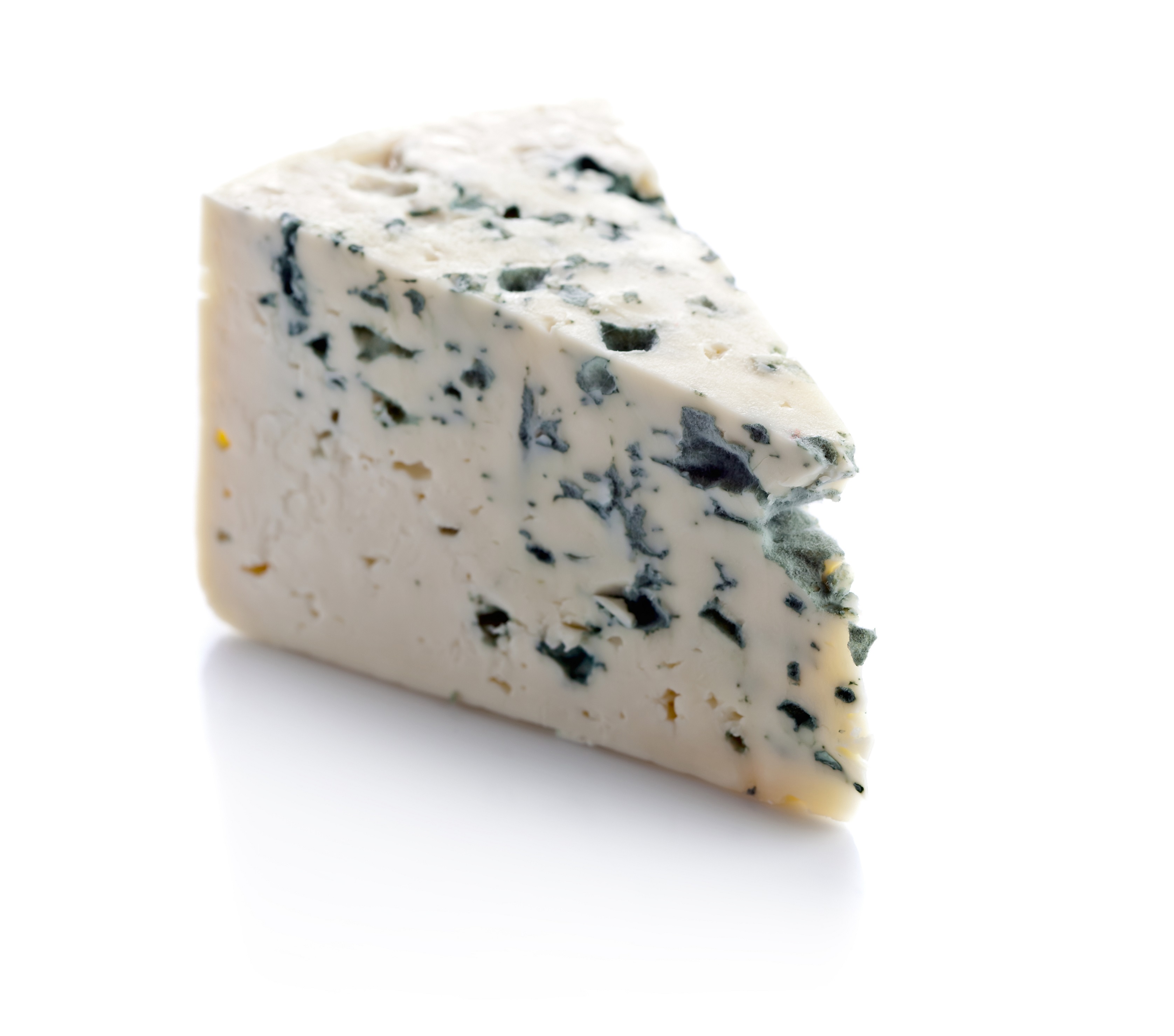
Coppa, fig and gorgonzola tarts
Lovely lemony, mustard and basil notes going on here. This would be good with the tarts above, but would also work as a main course salad, especially if you introduce some smoked mackerel or mussels, steamed and pulled from their shells.
I like to use one of the pointed spring cabbages, though a crisp round white cabbage is also fine. I leave the darker, crinkly-leaved Savoy types for the winter months. This is a salad I like to serve just warm rather than chilled, when the flavours are at their fullest. The beans need their stems removing, but not the tender, curving points that make these late-season beans so elegant.
Serves 4 as side dish
250g French (haricot) beans
450g cabbage
50g hazelnuts
2 Tbsp tarragon leaves
10 medium-sized basil leaves
Dressing
1 Tbsp Dijon mustard
2 Tbsp red wine vinegar
1 Tbsp lemon juice
1 tsp honey
150ml olive oil
Method
Make the dressing first. Put the mustard in a small bowl, then stir in the red wine vinegar and lemon juice, honey and a good pinch of sea salt, then beat in the olive oil, either with a fork or small whisk. Set aside.
In a dry, shallow pan, toast the hazelnuts over a low to moderate heat, moving them around the pan so they colour evenly. When they are toasted and fragrant, remove from the heat and roughly chop. Then chop the tarragon leaves and basil and stir together with the hazelnuts into the dressing.
Bring a deep pan of water to the boil and salt it lightly. Remove the stalk and (if you wish) the pointed tips of the beans. Drop the beans into the boiling water and let them cook for 3 or 4 minutes until they have darkened and will gently bend without snapping. Remove the beans from the water with a draining spoon and set aside. Let the water come back to the boil.
Shred the cabbage into finger-thick strips, removing the core as you go, wash under running water, then drop into boiling water. Leave to cook for 1 minute, then drain into a colander, shake dry and add to the beans. (Make sure to shake the cabbage well, so the dressing does not become diluted.)
Toss the beans and cabbage with the dressing and pile generously on to a serving dish. — Guardian News & Media

